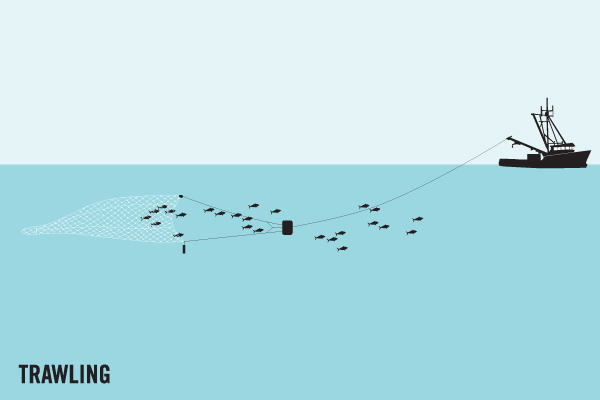Average Weight/Length
Most types average about 18 inches in span, although some reach or exceed 3 feet.
Other "Popular" Names for this Fish
White Margate, Margate Grunt, Ronco Blanco
Location Habitat
Soft bottom near shore. Found from saltwater parts of estuaries and bays of 330 m. Inhabit inshore areas. Prefer waters of 10°-21°C. Feed mainly on decapod crustaceans, bivalves, polychaetes, squids and fishes. Breed while inshore. Oviparous. Distinct pairing with embrace. Young may tend to follow large objects, such as their mother. Eggs are oblong capsules with stiff pointed horns at the corners deposited in sandy or muddy flats. Egg capsules are 5.1-8.9 cm long and 3.8-5.7 cm wide
Biology & Physical Description
Skates are flat like Stingrays, but generally have shorter, fatter tails and lack the dangerous spikes. Several species are taken in Florida - all equally disliked by anglers. The most common is the Clearnose, shown here, which has transparent "windowpanes" on either side of its pointed snout. Small skate, with irregular darker spots and bars on dorsal surface. Translucent area on each side of mid-dorsal ridge on snout. Single row of thorns along the midridge of the back. Disk with dark brown bars and streaks and some spots. Front edges nearly straight or slightly concave
Life Cycle & Mating Behavior
Oviparous, paired eggs are laid. Embryos feed solely on yolk. Distinct pairing with embrace. Young may tend to follow large objects, such as their mother. From the work of Libby and Gilbert (1960) and Luer and Gilbert (1985) male and female clearnose skates mate side by side in an upright position. Actual copulation occurs when the male bites the caudal margin of the female's pectoral, bends his tail 75 degrees beneath hers and inserts one clasper, flexed ('splayed') medially 90 degrees, into her oviduct. A female displays 'back arching' and 'pectoral fin undulations' as precopulatory behavior to attract males
Geographic Species Map (Fishbase.org Map)
|
|

|
Summary of Distribution: Western Atlantic: Massachusetts to southern Florida (USA) and eastern Gulf of Mexico. Also northern Gulf of Mexico |
|
Note: Distribution range colors indicate degree of suitability of habitat which can be interpreted as probabilities of occurrence (fishbase.org) |
|
Sport Fishing Techniques
|
|
TrawlingTrawling is when.... |
|
Tackle & Baits
Bottom tackle, with dead shrimp or cut bait.
Game Rating
Game Rating : 3/10
Game Description :
Poor.
Food Rating
Game Rating : 8/10
Game Description :
Good, same as Stingrays.
Picture (Fish)
|
|
|
|
|
|




















 Clearnose Skate
Clearnose Skate 






.jpg)